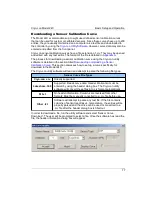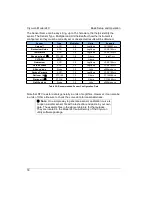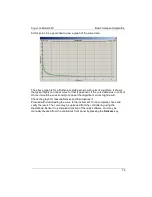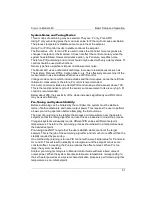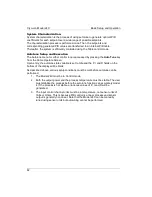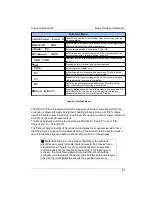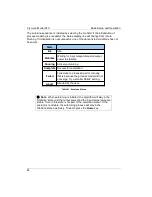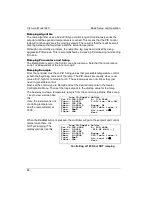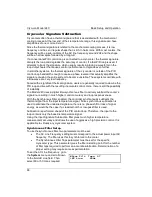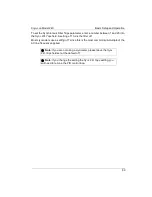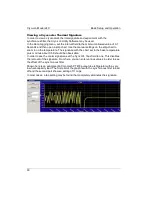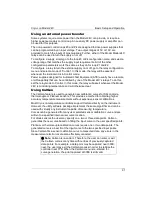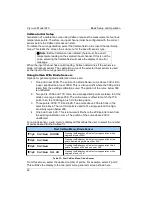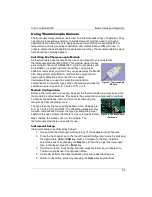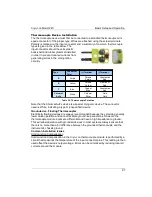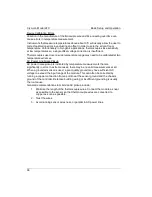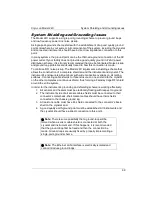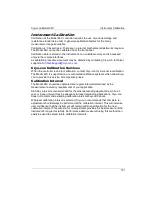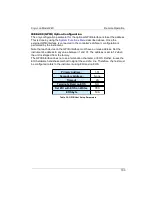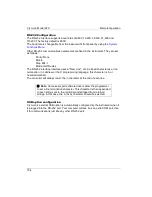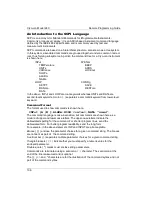
Cryo-con Model 24C
Basic Setup and Operation
Using an external power booster
Some systems require more power than the Model 24C can provide, or require a
higher power secondary control loop. An auxiliary DC power supply or amplifier can
be used for this purpose.
The non-powered control loops #3 and #4 are designed to drive power supplies that
can be programmed by an input voltage. Two output ranges of 5V or 10V are
provided to match the inputs of most supplies. Further, either of the Model Model 24C
relays can be used to turn the supply on or off.
To configure a supply, simply go to the loop #3 or #4 configuration menu and select a
voltage range that matches the supply input requirements. All of the other
configuration parameters work the same as they do for loop #1 and #2.
To configure a relay to turn the external supply on or off, go to the relay configuration
menu and select a mode of 'Control'. In this mode, the relay will be asserted
whenever the instrument is in Control mode.
Power supplies designed for Automatic Test Equipment (ATE) usually have a remote
on/off capability that can be controlled by one of the Model 24C's relays. To do this,
set the relay mode to Control. In this mode, the relay will assert whenever the Model
24C is controlling temperature and will otherwise clear.
Using CalGen
The CalGen feature is used to generate new calibration curves for Silicon diode,
thermocouple or Platinum sensors. This provides a method for obtaining higher
accuracy temperature measurements without expensive sensor calibrations.
Most Cryo-con temperature controllers support CalGen directly on the instrument.
However, the utility software package implements the same algorithm and can be
used with virtually any instrument capable of measuring temperature.
Curves can be generated from any user selected sensor calibration curve and are
written to a specified internal user curve location.
For diode sensors the user may specify one, two or three data points. CalGen
generates the new curve based on fitting the input curve to the user specified points.
Platinum or thermocouple calibration curves require one or two data points. The
generated curve is a best fit of the input curve to the two specified input points.
Since CalGen fits a sensor calibration curve to measured data, any errors in the
measurement electronics are also effectively canceled.
i
Note:
CalGen
is re-entrant. Therefore, the user can enter or exit
the CalGen
menus at any time without loss of previously captured
data points. For example, a data point may be captured near 300K,
next, the user may exit the CalGen
process in order to stabilize the
controller near 77K. When the CalGen
menu is re-entered for
curve generation, the point captured at 300K is still valid.
91

